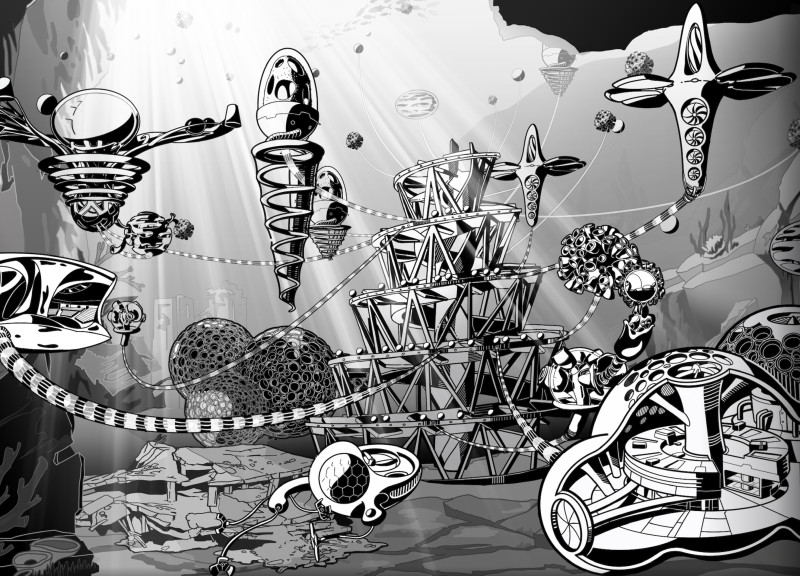5 key facts about this project
At its core, this building serves as a multi-use space, accommodating various functions from residential to commercial. The layout has been carefully developed to facilitate interaction, communication, and collaboration among its occupants. Each area within the project has been designed with specific activities in mind, promoting efficiency and comfort. For example, the communal spaces encourage social engagement, while private areas provide necessary seclusion, thereby enhancing user experience.
The architectural design incorporates a range of materials that not only contribute to the visual appeal but also enhance the building’s sustainability. Concrete is predominantly utilized for its robust properties, allowing for expansive open areas and structural integrity. Large glass panels are strategically placed to maximize natural light, creating an inviting atmosphere while minimizing reliance on artificial lighting. Wood elements introduce warmth and texture, establishing a connection to nature and promoting a more human-centered environment. Steel frameworks are employed to support the structure's innovative forms, contributing both strength and flexibility to the overall design.
Unique design approaches are evident throughout the project. The architects have implemented eco-friendly strategies, integrating green roofs and solar panels that significantly reduce the building's carbon footprint. Passive solar design principles have been employed, optimizing energy efficiency while ensuring comfort for the occupants. The choice of materials reflects a commitment to sustainability, with locally sourced elements that enhance the project’s environmental responsibility and reduce transportation emissions.
One of the standout features of the project is its seamless integration with the surrounding landscape. By taking cues from the topography, the design flows naturally with the contours of the site. This approach not only enhances visual aesthetics but also mitigates the impact on local ecosystems. Outdoor spaces are thoughtfully designed to extend the usable area of the building, featuring landscaped gardens and communal patios that invite residents and visitors to engage with their surroundings.
The architectural design also prioritizes accessibility. Thoughtful planning ensures that all users, regardless of mobility, can navigate the building comfortably. Wide pathways, ramps, and intuitive layout considerations combine to foster an inclusive environment that welcomes everyone.
In reflecting on the project, it is evident that the architects have set out to create more than just a functional space; they have crafted a community hub that enhances the quality of life for its users. The decision to incorporate public art installations and community gathering areas signifies a dedication to fostering a sense of belonging and cultural expression within the community. The outcome is a building that is not only a place of work or residence but serves as an essential component of the local fabric.
As you explore this architectural project, consider delving deeper into the design elements such as architectural plans, architectural sections, and architectural designs that showcase the intricate details and thought processes behind this endeavor. The interplay of materials, user-focused strategies, and contextual responsiveness are all vital aspects that contribute to the overall significance of the project. By understanding these architectural ideas, one can appreciate the project’s role in shaping not just a physical space, but a vibrant community experience.


 Hanxiang Zhou,
Hanxiang Zhou,  Xueyieng Zhang,
Xueyieng Zhang, 




















